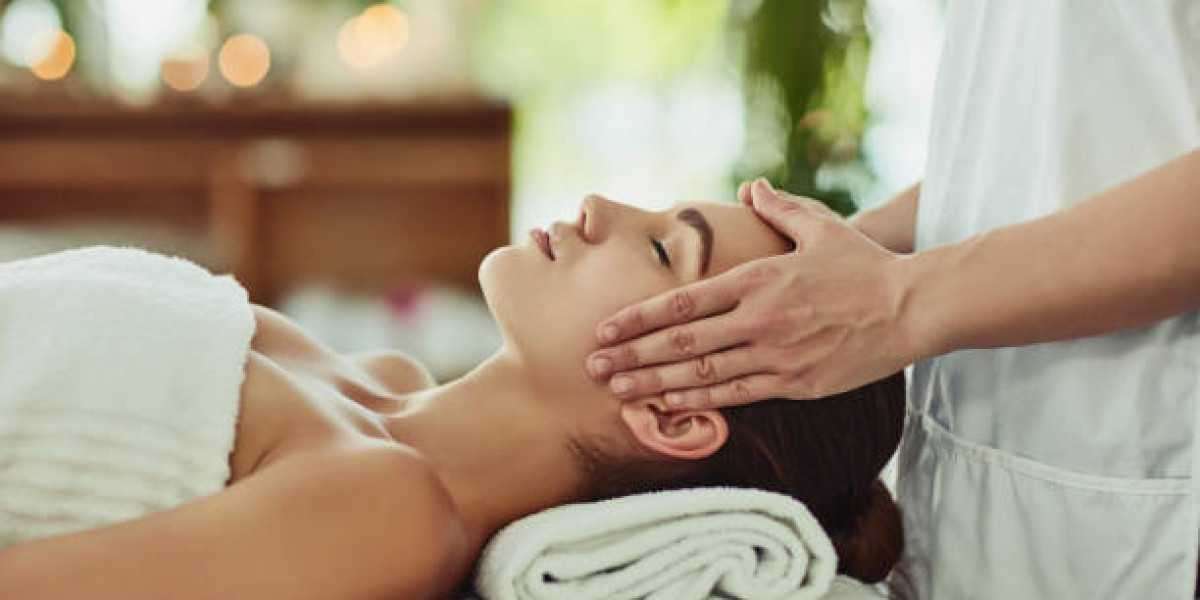The art of massage has been cherished for centuries, celebrated for its ability to promote relaxation, reduce stress, and alleviate muscle tension. When combined with the therapeutic properties of essential oils, the benefits of massage are elevated to new heights. In this comprehensive guide, we will explore the best essential oils for massage and provide insights into how to use them effectively to enhance your massage experience.
Understanding Essential Oils:
Essential oils are concentrated plant extracts that capture the essence of a plant's fragrance and medicinal properties. These oils are derived from various parts of plants, including flowers, leaves, bark, and roots. Each essential oil boasts unique therapeutic benefits, making them ideal for addressing specific physical and emotional concerns.
Choosing the Right Essential Oils for Massage:
Lavender Oil:
- Known for its calming properties, lavender oil is a popular choice for relaxation and stress relief during massage sessions. Its soothing aroma can promote a sense of tranquility and aid in sleep.
Peppermint Oil:
- For an invigorating massage experience, peppermint oil is an excellent choice. Its refreshing scent can help alleviate tension headaches and boost energy levels.
Eucalyptus Oil:
- Ideal for respiratory support, eucalyptus oil is often used during massages to ease congestion and promote easier breathing. It also has anti-inflammatory properties.
Tea Tree Oil:
- With its antibacterial and antifungal properties, tea tree oil is a great addition to massage oils for its potential skin benefits. It can help with conditions like acne and skin irritation.
Chamomile Oil:
- Known for its anti-inflammatory and calming effects, chamomile oil is a gentle option for sensitive skin. It's excellent for promoting relaxation and soothing muscle tension.
Ylang Ylang Oil:
- This floral-scented oil is prized for its ability to uplift the mood and reduce stress. Ylang ylang oil is often used in aromatherapy massages to enhance the overall experience.
Frankincense Oil:
- Renowned for its grounding and spiritually uplifting properties, frankincense oil is commonly used in massages for its potential to reduce anxiety and promote a sense of peace.
Ginger Oil:
- If you're seeking a warming and stimulating massage, ginger oil is an excellent choice. It can help soothe sore muscles and joints.
Rosemary Oil:
- With its invigorating scent, rosemary oil is known for promoting mental clarity and focus. It can be a valuable addition to massages for improved concentration.
Cedarwood Oil:
- Cedarwood oil has a woody and earthy aroma, making it suitable for grounding and calming massages. It's often used to promote relaxation and balance.
How to Use Essential Oils for Massage:
Dilution:
- Essential oils are highly concentrated and should be diluted before applying to the skin. Mix a few drops of your chosen essential oil with a carrier oil such as sweet almond, jojoba, or coconut oil.
Patch Test:
- Perform a patch test to ensure you don't have any adverse reactions to the diluted essential oil. Apply a small amount to a discreet area and wait for 24 hours.
Choose the Right Setting:
- Create a relaxing ambiance by dimming the lights, playing soothing music, and using a comfortable massage table or chair. This will enhance the overall massage experience.
Techniques:
- Incorporate different massage techniques, such as Swedish or deep tissue, to address specific concerns. Be mindful of the pressure applied, ensuring it is comfortable for the recipient.
Aromatherapy Diffusion:
- Enhance the massage experience by using an aromatherapy diffuser in the room. This allows the aromatic molecules of the essential oils to disperse, creating a calming atmosphere.
Customization:
- Tailor your essential oil blend to the individual's preferences and needs. Ask about any allergies or sensitivities and adjust your oil selection accordingly.
Breathing Exercises:
- Encourage deep breathing during the massage to amplify the benefits of the essential oils. Deep breaths can enhance relaxation and promote a sense of well-being.
Conclusion:
Incorporating essential oils into your massage routine can elevate the experience, providing both physical and emotional benefits. The careful selection of essential oils, proper dilution, and thoughtful application techniques can contribute to a truly therapeutic massage session.
Whether you're seeking relaxation, stress relief, or targeted pain management, the world of essential oils offers a diverse range of options to enhance your massage practice. Experiment with different combinations, embrace the art of aromatherapy, and let the power of essential oils transform your massage sessions into moments of pure bliss.



